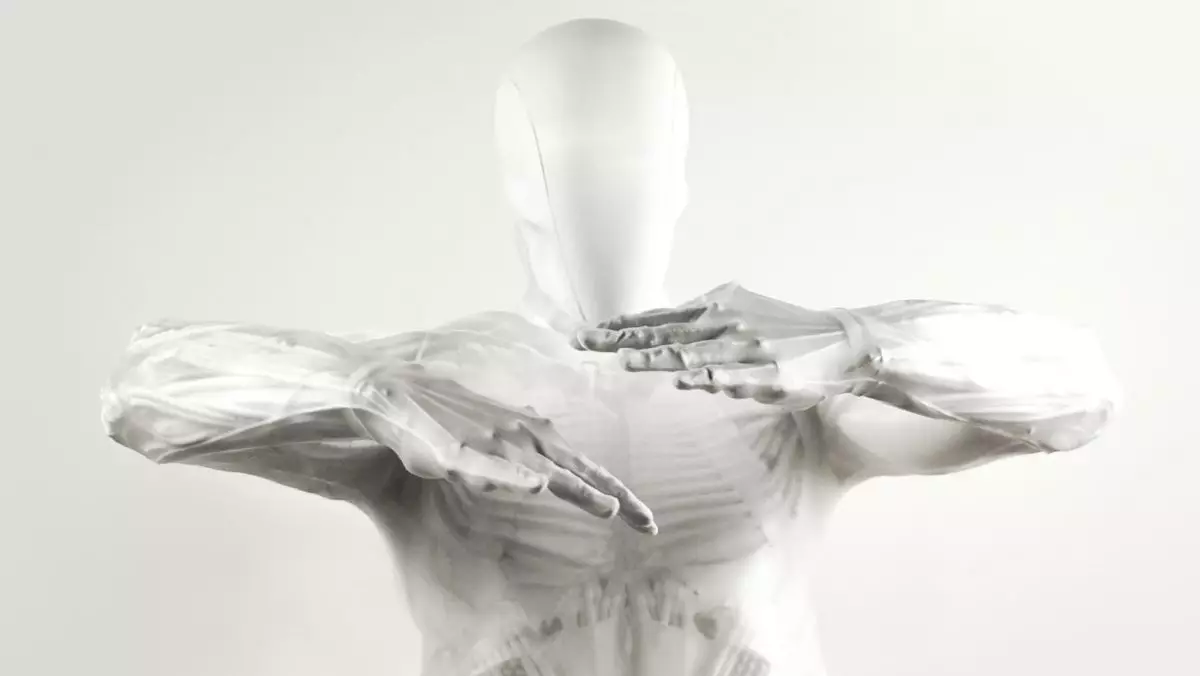As we delve deeper into the realm of advanced robotics, a peculiar creation has emerged that challenges our perceptions of technology and ethics. The Protoclone, a bipedal musculoskeletal android by a company aptly named Clone, evokes a range of emotions from intrigue to outright dread. This examination seeks to unpack the startling implications and unsettling realities of such creations.
At first glance, the Protoclone appears to be an innovative leap in android technology. Its anatomy, built to mimic human skeletal and muscular systems, raises questions about the future of robots in our daily lives. Unlike standard metallic robots, which often exhibit a cold and unfeeling exterior, the ProtoClone aims for a more organic feel. However, upon closer inspection, this very human-like design ignites a disturbing sense of fear. What could be likened to an unholy marriage between mannequin and monster, the android’s faceless visage leaves much to the imagination. Without features that typically encompass a human face—like eyes or a mouth—one cannot help but envision it as a being born from a nightmare, representing not a technological advancement but a harbinger of our existential fears.
Examining the technological components of the Protoclone reveals ambitions that straddle the line of brilliant engineering and dystopian potential. With a skeletal structure housing 206 bones—similar to a human—and an extensive muscular system driven by a revolutionary artificial muscle technology known as Myofiber, the foundation of this android is impressive yet unsettling. The presence of four depth cameras for vision further suggests a level of sophistication that induces concern rather than comfort.
While the engineers justify this design as an attempt to create safer interactions between humans and machines, with the hope that a non-metallic form will reduce the risk of injury, it poses another problem entirely. An android that is constantly falling and twitching unnerves the atmosphere of any household. The contemplation of these mechanical limbs unexpectedly crashing to the ground—or worse, onto a pet or child—raises alarms about the potential dangers inherent in such technologies.
The bold claims regarding the Protoclone’s abilities stretch the limits of credibility. Scheduled to be capable of memorizing a clean home layout while adeptly pouring drinks and washing clothes, one has to pause and ponder the feasibility of these sophisticated tasks. The realistic portrayal of a domestic helper painted by the promotional narrative seems absurd when coupled with the android’s uncanny presence. One can only envision a series of mishaps: a drink spilling on itself, a clumsy inability to navigate stairs or a prone tendency to collapse at any moment.
The expectations for the Protoclone amplify the tension between human and machine interaction. Will this android elegantly blend into our lives as a helpful partner? Or will it become an overwhelming and clumsy entity, disturbing the very fabric of domestic tranquility? The duality of need versus danger in this narrative often teeters precariously.
What does the existence of such androids signify about humanity’s direction? The prospect of machines that resemble us pushes ethical boundaries, invoking age-old questions of identity and existence. As we advance into an era where androids could become integral to our lives, we must confront the implications of creating beings that reflect human characteristics yet lack the emotional depth and ethical reasoning that come with human experience.
Should these creations rise to a point where they can mimic not just the physicality but also the cognitive abilities of humans, the underlying threat becomes twofold; not only must we grapple with their functionality, but we must also contend with their potential to develop feelings—or worse, to act upon dark impulses if programmed poorly or maliciously.
The Protoclone android raises profound questions about technological ambitions, our creative prowess, and the ethics enveloping our innovations. While there is certainly a fascination with advancements in robotics, our responsibility as a society is to tread carefully. The intersection of fear, morality, and technology will define the future of our shared existence with these impressive yet threatening creations. Perhaps it is not the creation itself that we should fear, but rather the reckless ambition that drives its inception, unchecked by moral considerations. Are we prepared for a world where these androids, stripped of genuine humanity, exist among us? If the answer is no, we may very well be standing at the brink of a dystopian reality.

